
When women thrive, economies flourish – UNFPA’s investment case
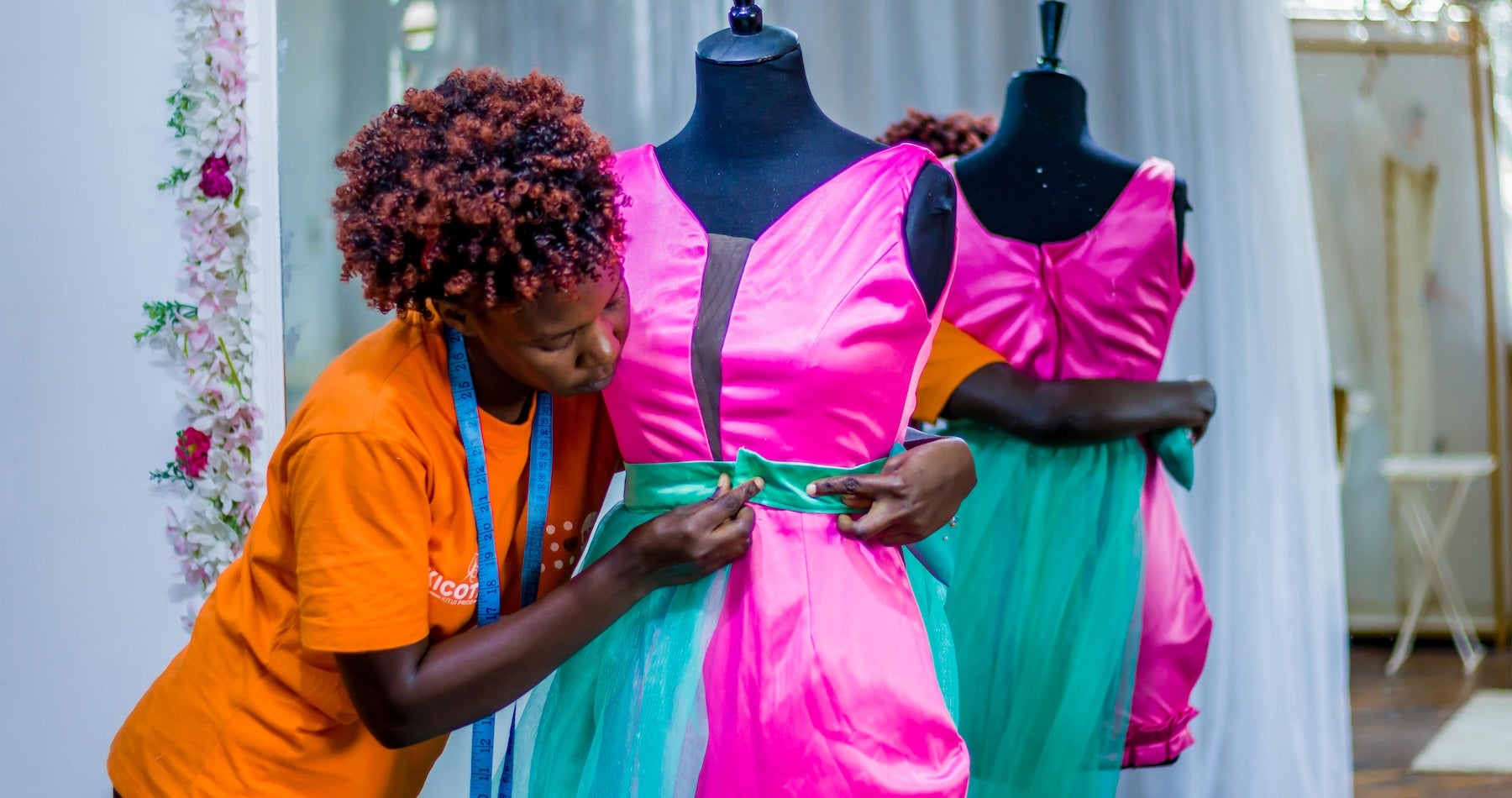
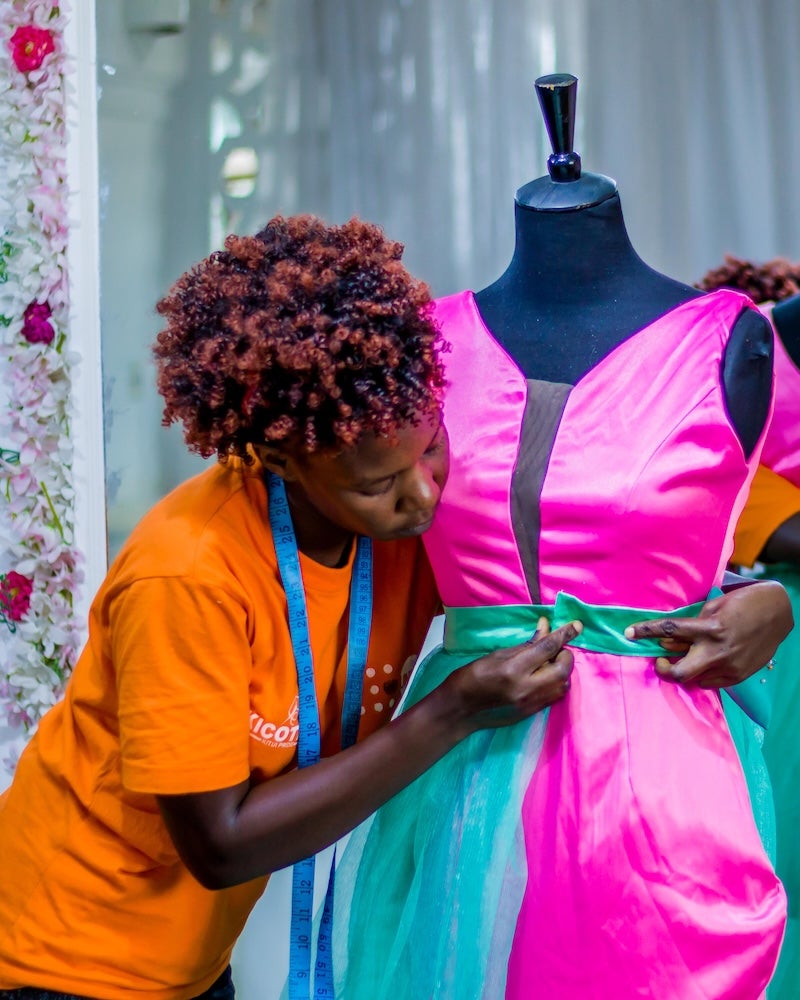
When women thrive, economies flourish UNFPA’s investment case
When we invest in women and girls, they win. So do economies.
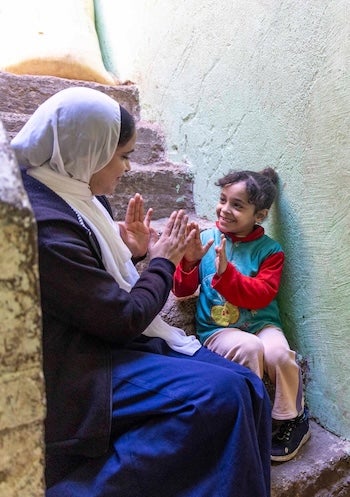
Every gap in sexual and reproductive health and reproductive rights represents a profound human tragedy with far-reaching consequences. A woman who dies in pregnancy or childbirth because she lacks quality maternal care leaves behind a grieving family and an immeasurable void in her community.
Beyond the human loss, these gaps hinder economic growth and development, depriving societies of the contributions women make as entrepreneurs, caregivers and leaders of the next generation.
Economies today are under duress, financing is in short supply and climate change threatens an incalculable toll. Policymakers face difficult choices and demands for the most effective solutions.
Investing in sexual and reproductive health is one such solution, because we know it works and delivers many and multiplying returns on investment. Yet it is still underestimated as an essential propeller of development.
Thirty years ago, the Programme of Action of the International Conference on Population and Development affirmed that people can benefit from and add to economic growth and sustainable development only when investment in sexual and reproductive health is sufficient. Any plan to speed the pace of development and extend its reach depends on universal access to sexual and reproductive health and reproductive rights.
Too many women remain on the margins; deficits in sexual and reproductive health help explain why
Simply put, societies thrive when everyone has the freedom to make their own choices about their bodies and their futures. While significant gains have been made in sexual and reproductive health in recent decades, in part by stepping up attention and spending on these issues, chronic underinvestment persists. The consequences suggest a massive global loss in human potential:
- At least one in three women experiences physical or sexual violence at some point in her life1
- Nearly half of all pregnancies worldwide are unintended2
- Nearly a third of women in developing countries become mothers while still children themselves3
- Every two minutes, a woman or girl dies because of preventable causes related to pregnancy or childbirth4
Underinvestment in women's sexual and reproductive health and reproductive rights limits their ability to participate fully in society and the economy and achieve their full potential.
- Labour force participation, a major determinant of economic growth, is just under 47 per cent for women compared with 72 per cent for men.6
- Women globally perform three quarters of unpaid care for their households, which keeps over 700 million out of the labour force.7
- Women still earn only 81 cents for every $1 earned by men, a gap explained by both differences in pay and the fact that women lose years in the workforce due to childbearing, and not necessarily by choice.8
- The gender poverty gap is greatest for women aged 25 to 34, when many are having and raising children.9
Such shortfalls add up. The World Bank estimates that closing the lifetime gender earnings gap would add $172 trillion to the global economy. A recent World Bank report also referred to the “wasteful” losses in women’s economic participation due to persistent legal barriers that include a lack of protection from violence and limited access to childcare. It concluded that no country provides an equal playing field for women, not even the wealthiest, and that when it comes to economic opportunities, women have only two thirds of the legal rights of men.11
The McKinsey Global Institute projected a $1 trillion gain for the global economy from closing gaps in women’s health care, including sexual and reproductive health.12 Almost 80 per cent of the impact on the economy from women’s healthcare deficits occurs during the working age, driven by lower labour force participation and productivity. That is when sexual and reproductive health needs can be most pressing. Further, conditions such as high blood pressure during pregnancy or gestational diabetes, which often emerge at this stage, can be precursors to chronic illnesses with lifelong consequences and costs.13
Many issues explain gender disparities in the economy. They run from personal decisions to discriminatory norms. While the lack of sexual and reproductive health and reproductive rights is not always acknowledged as prominent among the constraints – it should be. It’s time to make smarter investments in women and families, health and human rights. Doing so will reshape societies and economies so they are more inclusive – and grow and work better for all of us.
1 United Nations, 2024. “One in Three Women Experiences Gender-Based Violence”.
2 UNFPA, 2022. “Nearly Half of All Pregnancies Are Unintended – A Global Crisis, Says New UNFPA Report”.
3 UNFPA, 2022. “UNFPA Research Reveals That Nearly a Third of All Women in Developing Countries Become Mothers During Adolescence”.
4 World Health Organization, 2023. “A Woman Dies Every Two Minutes Due to Pregnancy or Childbirth”. 5 International Labour Organization, 2022. “The Gender Gap in Employment: What’s Holding Women Back?”
6 Oxfam International, n.d. “Not All Gaps Are Created Equal: The True Value of Care Work”.
7 International Labour Organization, 2024. “Unpaid Care Work Prevents 708 Million Women from Participating in the Labour Market”.
8 International Labour Organization, 2024a. “The Gender Pay Gap: Addressing Gendered Income Inequality”.
9 Sanchez-Paramo, C. and A. M. Munoz-Boudet, 2018. “No, 70% of the World’s Poor Are Not Women, But That Does Not Mean Poverty Isn’t Sexist”. World Bank Blogs.
10 World Bank, 2020. “World Could Achieve Gender Dividend of $172 Trillion from Closing Lifetime Earnings Gaps”.
11 World Bank, 2024. “New Data Show Massive, Wider-Than-Expected Global Gender Gap”.
12 Ellingrud, K., L. Perez, A. Petersen and others, 2024. “Closing the Women’s Health Gap: A $1 Trillion Opportunity to Improve Lives and Economies.” McKinsey Health Institute.
13 Ibid.
Why Invest
Investment in sexual and reproductive health is investment in the economy
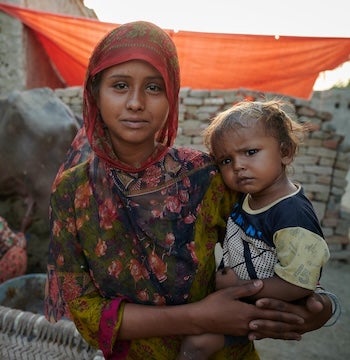
Every investment in sexual and reproductive health is an investment in women’s options to make choices that make most sense in their lives. Women with bodily autonomy are better equipped to gain an education, enter and flourish in the workforce, decide whether or not to have children and when, and avoid the catastrophic consequences of gender-based violence.
Every investment in sexual and reproductive health is also an investment in more inclusive, robust and resilient economies. UNFPA estimates that spending an additional $79 billion to scale up coverage of 29 essential family planning and maternal health interventions globally by 2030 would yield $660 billion in economic benefits between 2022 and 2050, including through greater workforce participation and labour productivity. 14
Other institutions have reached similar conclusions:
- For every dollar invested in family planning and maternal health yields $8.4 in economic benefits15
- A German Institute of Labour Economics study of Kenya, Nigeria and Senegal found that per capita income would soar by 31 to 65 per cent between 2005 and 2030 by meeting all unmet need for modern contraception.16
- The World Bank has emphasized that interventions improving safety in pregnancy and child birth contribute to increased female labour force participation, since childbearing and complications from pregnancy and childbirth lead to women being absent from work.17
There is also strong evidence of the economic costs of failing to invest in sexual and reproductive rights and women’s bodily autonomy. Intimate partner violence takes an enormous economic toll, costing the global economy an estimated 5 per cent of GDP – an astonishing $5 trillion18 – roughly equivalent to the annual investment needed to achieve the Sustainable Development Goals.19
The International Monetary Fund found that every time the share of women affected by gender-based violence ticks up by 1 percentage point in sub-Saharan Africa, economic activity falls by up to 8 per cent; the decline is predominantly due to drops in female employment.20
14 UNFPA, 2024. Interwoven Lives, Threads of Hope: Ending Inequalities in Sexual and Reproductive Health and Rights.
15 UNFPA, 2022. Investing in three transformative results: Realizing powerful returns.
16 Bloom, David E. and others, 2014. “A Demographic Dividend for Sub-Saharan Africa: Source, Magnitude, and Realization.” IZA Discussion Paper No. 7855. Bonn:
Institute for the Study of Labor.
17 Onarheim, K. H., J. H. Iversen and D. E. Bloom, 2016. “Economic Benefits of Investing in Women’s Health: A Systematic Review.” PLoS One 11(3):e0150120.
18 Calculation based on Yount, K. M. and others, 2022. “Global Measurements of Intimate Partner Violence to Monitor Sustainable Development Goal 5.” BMC
Public Health 22: 465.
19 United Nations Conference on Trade and Development, n.d. “The Costs of Achieving the SDGs”.
20 Ouedraogo, R. and D. Stenzel, 2021. “The Heavy Economic Toll of Gender-based Violence: Evidence from Sub-Saharan Africa.” IMF WP/21/277. Washington, DC:
International Monetary Fund.
The Return
Investment in sexual and reproductive health delivers – many times over
Investments in sexual and reproductive health are among the most effective because they do not deliver just one result but many and those results are multiplying. Every additional $1 spent on contraceptive services reduces the cost of pregnancy-related and newborn care by $3, for example.21
And that’s just the beginning. Broader economic benefits result when people have the number of children that is right for them. Many families end up better equipped to educate and care for their children, which over time translates into lasting economic gains from a healthier, more skilled and productive workforce.
Services to stop gender-based violence require increased investment but not nearly on the level of the current $5 trillion annual loss. UNFPA estimated, for 132 countries, that gender-based violence prevention and treatment programmes would cost $42 billion by 2030. For women during pregnancy, having such services would reduce miscarriages, stillbirths and low-birth-weight babies. This would in turn cut costs on at least three fronts:
- Lower healthcare costs for maternal and infant morbidity
- Reduced expenditure on health care and judicial services for women survivors of violence
- Fewer losses in wages and productivity related to workplace absences
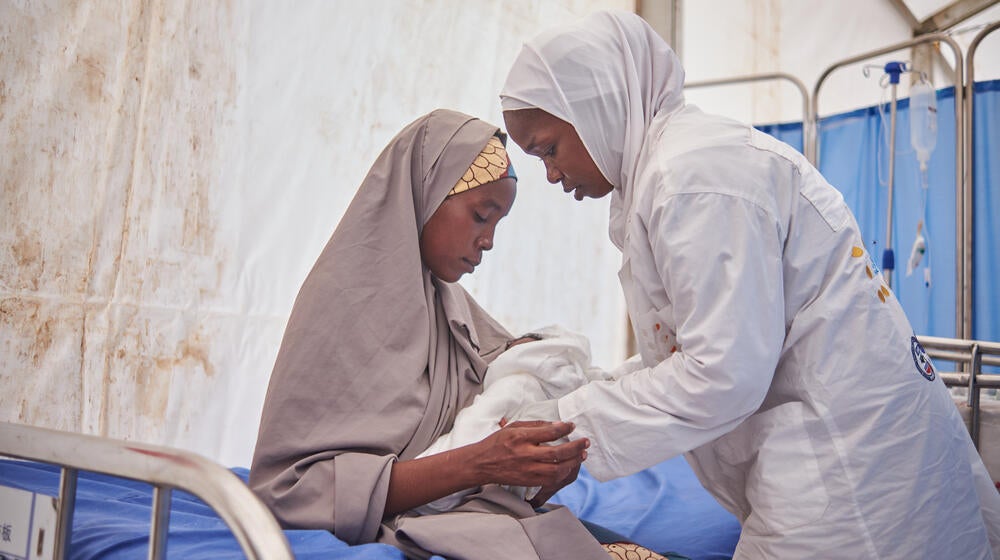
The benefits of girls’ education cross generations
The World Bank, among many others, has emphasized how girls’ education benefits both individuals and economies. It results in a greater likelihood that girls will participate in the formal labour market and earn higher incomes. There are powerful intergenerational effects as well, since women with the opportunity to pursue higher education tend to be more informed about nutrition and healthcare, marry at a later age and have healthier children - perpetuating a virtuous cycle.22
Keeping girls in school, however, in many places largely depends on avoiding early pregnancy and child marriage. UNFPA has calculated that to avert 230 million cases of child marriage and make sure 386 million girls complete school would cost around $152 billion – but would yield over $5 trillion in economic benefits by 2050. 23
Reducing the number of child brides would also:
- Reduce the incidence of domestic violence
- Reduce the number of adolescent pregnancies
- Reduce rates of maternal and newborn death and injury
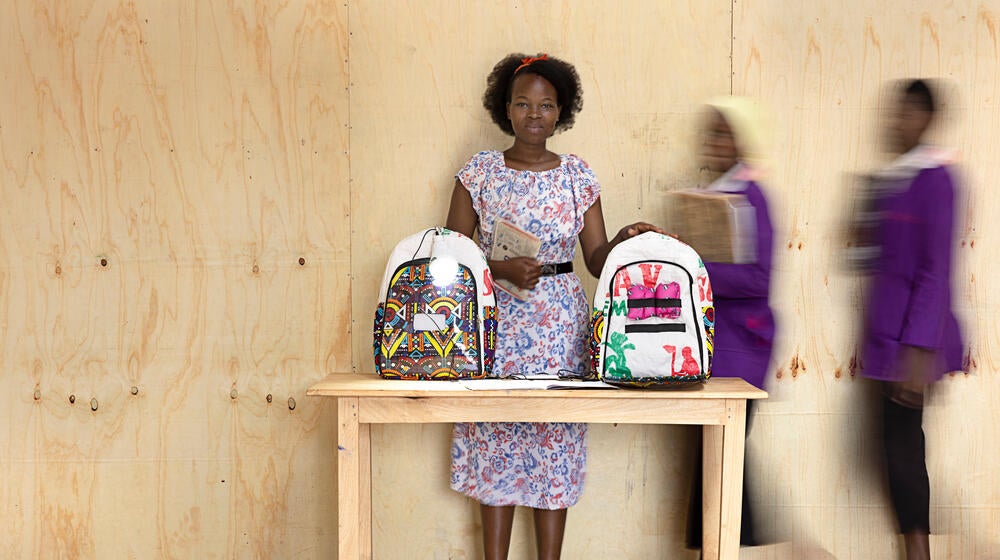
22 World Bank Group, n.d. “Girls’ Education”
23 UNFPA, 2020. Costing the Three Transformative Results.
How UNFPA can help
We know how to make the best use of every dollar and have a global champion: UNFPA
Since the ICPD, UNFPA has linked the central importance of sexual and reproductive health with broader population and development trends. It has influenced global agendas based on the power of its advocacy, backed by its experience and evidence, and helped countries find solutions that work, are cost-effective and deliver wide-ranging benefits to women and girls and the societies in which they live and the economies that they contribute to.
For example, UNFPA has championed midwifery as a high quality and costeffective means to reach more women and save more lives, quickly and at scale. Midwives could avert roughly two thirds of all maternal and newborn deaths and stillbirths and deliver 90 percent of all essential sexual, reproductive, maternal and newborn health services.25 UNFPA has led a global effort to develop standards, training and investment in midwifery models of care. This has begun to transform a profession long marginalized within health systems, correcting a pattern that has been both unfair and inefficient in using resources.
In the Asia and the Pacific region, UNFPA has marshalled evidence making a powerful case for the health and economic benefits of preventing adolescent pregnancy and child marriage. For five countries, it showed how this would avert 1.4 million unintended pregnancies and 1.1 million child marriages and deliver $13.4 billion in economic gains. As importantly, it delineated a specific package of proven interventions – ranging from comprehensive sexuality education to livelihood training – that these countries can apply to achieve results, helping to build in cost-effectiveness from the very beginning.26
Global joint programmes with UNICEF on ending both female genital mutilation and child marriage have preventedmillions of cases of each. Added value comes from the ability to operate within and across countries. This allows both programmes to test and share new and more effective strategies to tackle the drivers of these practices and adds up to stronger cumulative results. A growing body of work with individual governments on costed national action plans draws on evidence from programme solutions, giving the two issues greater visibility in national planning and leveraging international contributions to tap new flows of domestic resources.27
The UNFPA Supplies Partnership remains the world’s largest provider of donated contraceptives and has the unique capacity to help countries save significant sums in procuring reproductive health commodities. UNFPA is also scaling up support to countries in procuring their own supplies, reducing costs and while maintaining our commitment to quality assured supplies. In 2023, the provision of $136 million worth of contraceptives through the Supplies Partnership alone saved countries and families $708 million from reduced health-care costs for pregnancy, delivery and post-abortion care. This potentially:
- Averted 9.5 million pregnancies
- Prevented 2.9 million unsafe abortions
- Saved the lives of 200,000 women and newborns
Making smart investments in societies and economies, including through investments in sexual and reproductive health, largely depends on having the right information. Here, UNFPA offers another singular form of support. It has assisted 125 countries, at every stage of development, to conduct population and housing censuses and household surveys that generate some of the most important data they can have – on their people. Increasingly robust and reliable censuses illuminate population trajectories, pinpoint disparities among different groups, and yield insights fundamental to steering sound planning and investment.
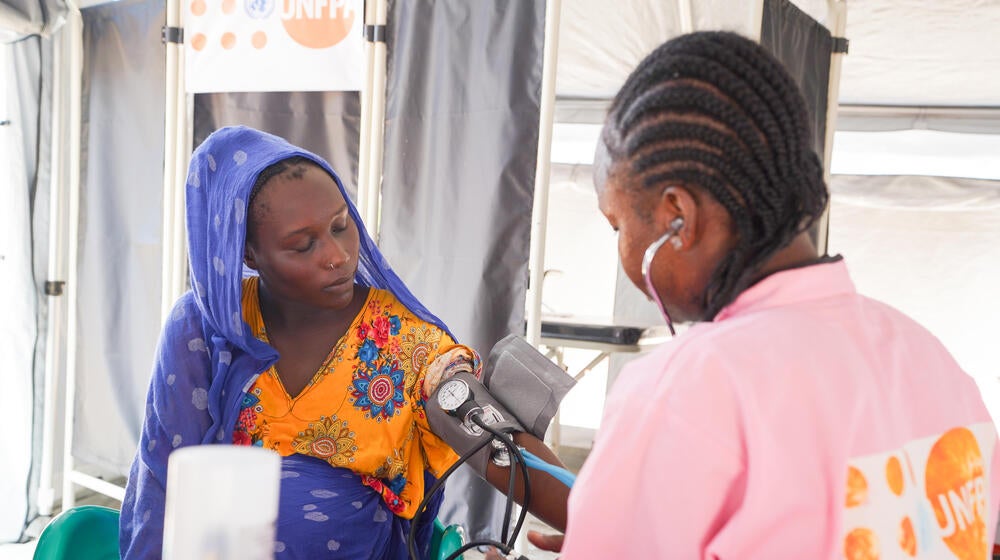
We can’t afford NOT to invest in sexual and reproductive health
We live in a moment of tight budgets, competing demands and questions about where to invest. When it comes to sexual and reproductive health, the question is not can we afford it, but can we afford NOT to invest in it. There are many variables and complexities in calculating social and economic impacts and investment returns. Yet on sexual and reproductive health, many estimates from diverse sources point to significant, multiplying and lasting gains to people, societies and economies. Investing in sexual and reproductive health has been shown time again to stimulate trillions in economic growth that, managed inclusively, is the basis for more peaceful, just and stable societies.
We know much of what works based on the successes of past investments in sexual and reproductive health. We have a chance to multiply these returns by extending them to all people particularly those left furthest behind. And we have UNFPA, with its partners, experience and evidence base, to champion investments that are among the best any government can make.
26 UNFPA, pending. Investment Case for the Prevention of Adolescent Pregnancy and Child Marriage in South-East Asia.
27 UNFPA and United Nations Children’s Fund, 2024. UNFPA-UNICEF Joint Programme to Eliminate Female Genital Mutilation: Annual 2023 Report.
Success Stories
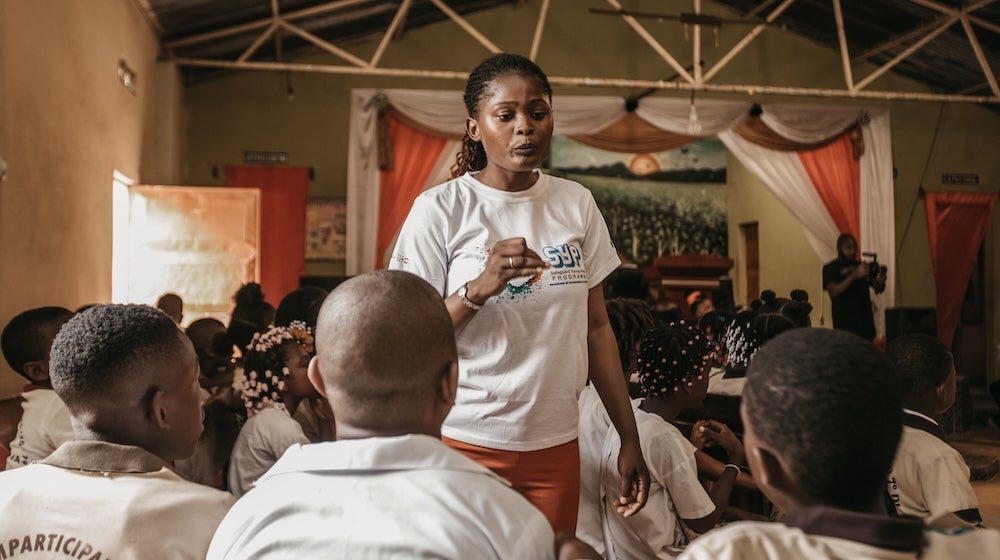
Angola: Safeguarding young people through education
Decades of research confirm that high-quality sexuality education programmes for adolescents and young people have life-long benefits, improving health and relationships. When programmes challenge gender biases, young people are less vulnerable to abuse and more equipped to find help when needed.
In Angola, the UNFPA-supported Safeguard Young People programme has trained 90 young people to lead discussions on sexual and reproductive health, with a goal of reaching 60,000 youth. Trainee Silvia Francisco is confident the programme will make a lasting impact. “It is a magnificent thing,” she says. “It’s changing lives and empowering young people about their sexual and reproductive health.”
Sudan: Extending a lifeline of emergency supplies
Fatima, a 22-year-old mother, has faced profound trauma as a survivor of sexual violence in conflict-affected Sudan. Services provided by a UNFPA mobile team have helped her manage depression and anxiety. “Without them, I don’t know what I would do – they are like family to me. They take care of me and my baby.”
In 2024, across the country, UNFPA distributed supplies for emergency obstetric and newborn care and the clinical management of rape, and close to 42,000 dignity kits containing basic hygiene items. This is a lifeline for women and girls trying to withstand a humanitarian crisis that has stripped them of much of what they need to survive, including food, medical support and shelter.
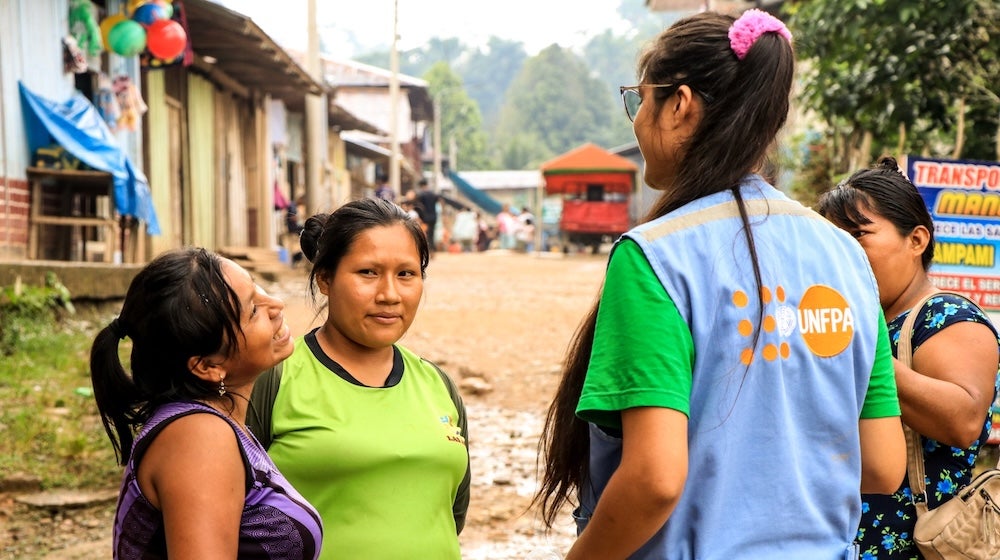
Peru: Building a future free from violence
Climate change is hitting hard in the Amazonas region of Peru, stirring social and economic pressures likely to worsen already high rates of gender-based violence. Planning ahead can reduce the risks and costs. UNFPA has installed a mechanism guiding the prompt and appropriate handling of cases, sponsored a mobile health unit to provide lifesaving information and support to over 13,000 people, and galvanized awareness-raising campaigns to counter harmful social and gender norms.
For Dafne Aquino, a psychologist working with UNFPA, each day is an opportunity to make a difference in the lives of women, girls and adolescents, and build a future free from violence. “We empower them, we give them courage. We say, ‘yes, you can’!”
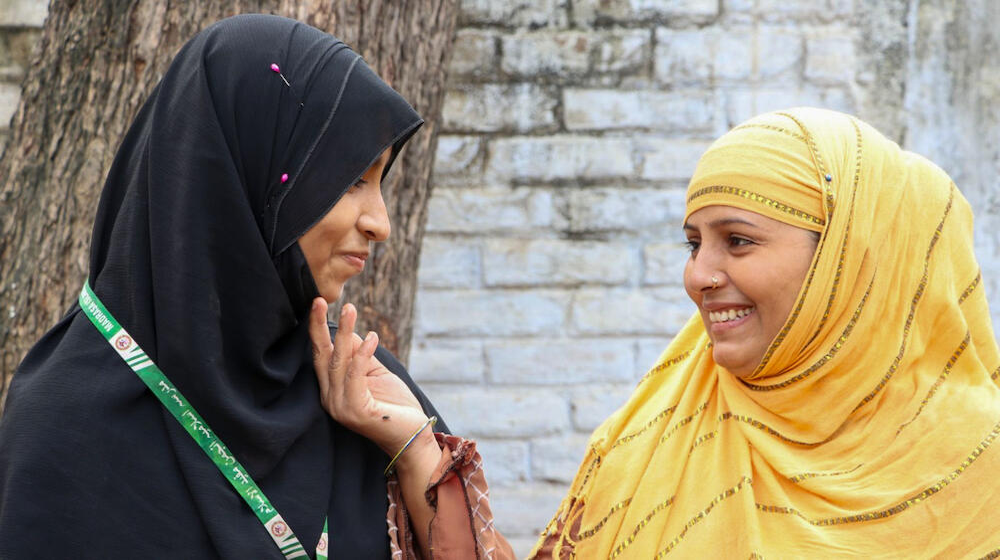
India: Preventing child marriages
In India’s state of Bihar, two in five girls marry before 18, derailing their hopes for a lifetime. The UNFPA-supported Taalim-i-Naubalighan programme has provided life skills education to more than 250,000 students in over 1,900 madrasas.
This has helped parents like Farhana Parveen realize the lasting value of their daughters becoming independent and making their own choices. “It is not about what I want for her; it’s about what she wants for herself,” she says. Her daughter, Muskaan, already has a dream for the future: to become a banker. “She can be anything she wants,” her mother affirms.
The impacts of the programme have rippled into communities. One madrasa principal, Ismul Haq Naumani, now advocates for adolescent education on relationships, gender equality and health in community meetings and mosque sermons. His mantra: “Change is good”.
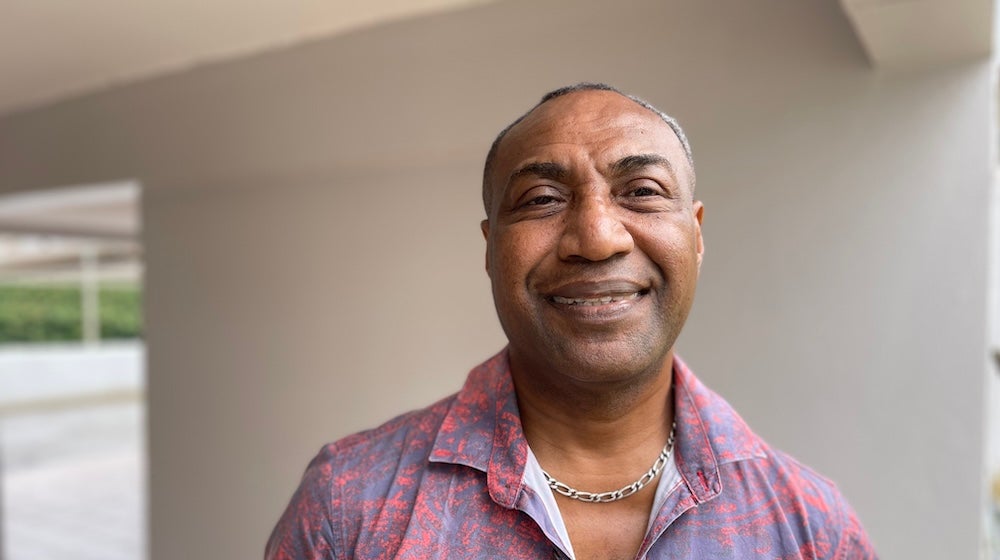
The Pacific: Making health systems more climate resilient
In the small island developing nations in the Pacific, struggling to manage acute climate change vulnerabilities, UNFPA helps make health systems more climate-resilient. This includes mobile services, pre-positioned supplies and plans for staffing needs – and specific efforts to reach long-marginalized sectors of society. A UNFPA-supported campaign in Vanuatu, for instance, has enhanced disaster preparedness for the menstrual health needs of people with intellectual disabilities. “The discussions are changing the mindset of community members,” says project leader Ellis Lee.
In Fiji, a UNFPA partnership with the Rainbow Pride Foundation has created a customized dignity kit for LGBTQI+ individuals during a disaster, a first in the Pacific. It includes reproductive health commodities, hygiene products and information on gender-based violence.
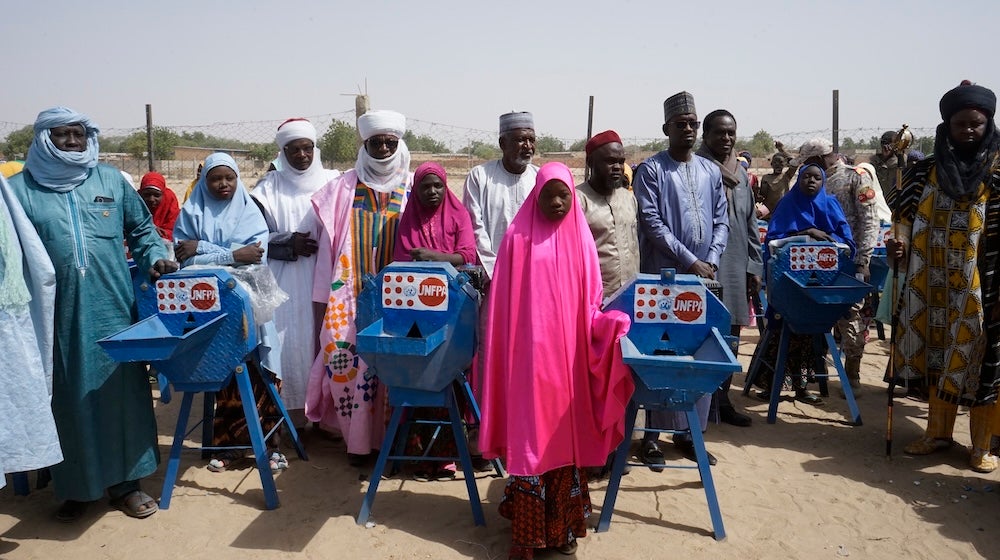
Niger: Empowering girls
“Every young girl must have an economic activity. You have to look out for yourself,” proclaims 17-year-old Maimounatou, who lives in Niger’s impoverished Maradi region. Skills training and the simple provision of two goats gave her a sense of empowerment – and relief. “Now I don’t have to wait for someone else to support me,” she says.
Maimounatou is part of a UNFPA programme grounded in the knowledge that when girls like her can earn their own money and contribute to the family economy, there is less incentive to marry them off early. Participants – all girls aged 10 to 19 – receive education and information on reproductive health, financial skills and human rights. Launched a decade ago, the programme has reached more than 200,000 adolescent girls and young women. Many have gone on to become small business entrepreneurs, including in the food industry, tailoring, mechanics and carpentry.